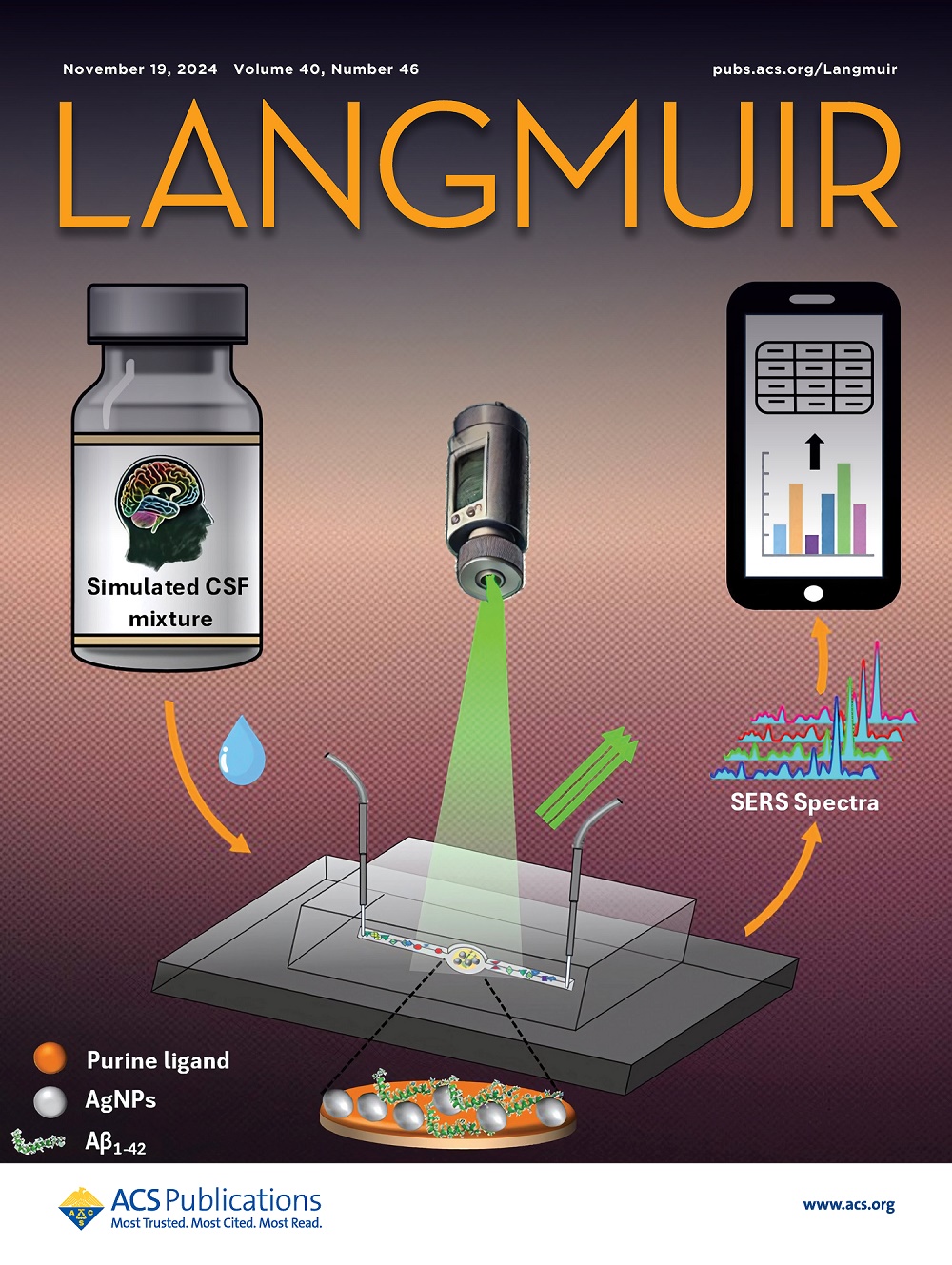Surface Engineering in Perovskite Solar Cells: Recent Advances in Surface Passivation Group-Containing Hole Transport Layers
IF 3.7
2区 化学
Q2 CHEMISTRY, MULTIDISCIPLINARY
引用次数: 0
Abstract
Perovskite solar cells (PSCs) are at the forefront of photovoltaic technology, offering exceptional power conversion efficiencies (PCEs) and the promise of low-cost, scalable production. Rapid progress in PSCs has largely been fueled by innovations in device architecture and component optimization. Among these, the interface between the hole transport layer (HTL) and the perovskite layer is crucial, as it not only facilitates efficient hole extraction and transport but also protects the perovskite from environmental degradation. This review highlights recent advancements in engineering this critical interface, focusing on improvements in surface morphology, interface adhesion, energy level alignment, and defect passivation. Special attention is given to the roles of amide, carboxylic acid, phosphonic acid, and halogenide groups in enhancing HTL properties at the perovskite interface. By synthesizing the latest research and experimental insights, this review provides a comprehensive overview of surface passivation’s contributions to high-performance PSCs. It also discusses future directions and challenges in optimizing this interface, key to further advancing this promising photovoltaic technology.

钙钛矿太阳能电池的表面工程:表面钝化基团含空穴传输层的最新进展
钙钛矿太阳能电池(PSCs)处于光伏技术的前沿,具有卓越的功率转换效率(pce)和低成本、可扩展生产的前景。psc的快速发展在很大程度上是由器件架构和组件优化的创新推动的。其中,空穴传输层(HTL)与钙钛矿层之间的界面至关重要,它不仅有利于空穴的高效提取和传输,还能保护钙钛矿不受环境降解的影响。这篇综述着重介绍了工程上这一关键界面的最新进展,重点是表面形貌、界面粘附、能级对准和缺陷钝化的改进。特别注意酰胺、羧酸、膦酸和卤化物基团在钙钛矿界面增强HTL性能中的作用。通过综合最新的研究和实验见解,本文综述了表面钝化对高性能psc的贡献。本文还讨论了优化该接口的未来方向和挑战,这是进一步推进这一有前途的光伏技术的关键。
本文章由计算机程序翻译,如有差异,请以英文原文为准。
求助全文
约1分钟内获得全文
求助全文
来源期刊

Langmuir
化学-材料科学:综合
CiteScore
6.50
自引率
10.30%
发文量
1464
审稿时长
2.1 months
期刊介绍:
Langmuir is an interdisciplinary journal publishing articles in the following subject categories:
Colloids: surfactants and self-assembly, dispersions, emulsions, foams
Interfaces: adsorption, reactions, films, forces
Biological Interfaces: biocolloids, biomolecular and biomimetic materials
Materials: nano- and mesostructured materials, polymers, gels, liquid crystals
Electrochemistry: interfacial charge transfer, charge transport, electrocatalysis, electrokinetic phenomena, bioelectrochemistry
Devices and Applications: sensors, fluidics, patterning, catalysis, photonic crystals
However, when high-impact, original work is submitted that does not fit within the above categories, decisions to accept or decline such papers will be based on one criteria: What Would Irving Do?
Langmuir ranks #2 in citations out of 136 journals in the category of Physical Chemistry with 113,157 total citations. The journal received an Impact Factor of 4.384*.
This journal is also indexed in the categories of Materials Science (ranked #1) and Multidisciplinary Chemistry (ranked #5).
 求助内容:
求助内容: 应助结果提醒方式:
应助结果提醒方式:


